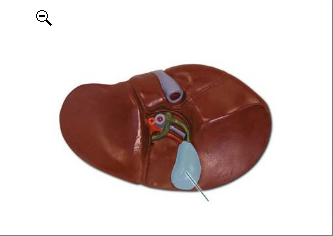Malaria is a disease caused by a
A. multicellular parasite.
B. protozoan.
C. fungus.
D. virus.
E. bacterium.
B
You might also like to view...
The ilium is part of the pelvic girdle
Indicate whether the statement is true or false
Which of the following statements concerning the countercurrent system is incorrect?
a. the loops of Henle of juxtamedullary nephrons are responsible for establishing a vertical osmotic gradient in the interstitial fluid of the renal medulla by countercurrent multiplication. b. the active NaCl pump of the ascending limb of Henle's limb can establish a 1,200 mosm/liter concentration difference between the ascending and descending limbs at any given horizontal level. c. by means of countercurrent exchange, the vasa recta preserve the vertical osmotic gradient while supplying blood to the medullary tissue. d. the collecting tubules of all nephrons utilize the driving force of the vertical osmotic gradient to accomplish variable H2O reabsorption under the control of vasopressin, which governs their permeability. e. the filtrate is isotonic as it enters the loop of Henle, hypertonic at the tip of the loop of Henle, and hypotonic as it leaves the loop of Henle.
Identify the highlighted structure.

Osteomyelitis is
A. a disease in adults, especially women, characterized by a reduced amount of bone matrix. B. a disease in adults characterized by softening of bones resulting from calcium depletion. C. a group of genetic disorders producing very brittle bones that are easily fractured; occurs because of insufficient collagen development. D. a disease in children characterized by soft, bowed, and swollen bones. E. bone inflammation that often results from bacterial infection.